Cats are known for their cleanliness, but even the most fastidious feline needs a proper litter box setup to ensure success. A well-designed litter box, along with suitable litter and appealing placement, goes a long way in helping your cat feel comfortable to use their box. In this guide, our Best Friends Veterinary Care team covers the do’s and don’ts of litter box setup and maintenance and troubleshoots common problems that may arise. By following these tips, you can help ensure that your cat is set up for litter box success, leading to a happy and healthy relationship between you and your beloved furry companion.
Choosing the correct litter box for your cat
Each cat is an individual, and you may need to make a few attempts to find the correct box and litter to suit your cat. In general, cats want to feel safe when using the litter box, which means they want to be able to see their surroundings and potential escape routes. Remember, if you have multiple household cats, you need one litter box per cat, plus one, to avoid competition and guarding.
Cats want their litter to be clean, which means you need to scoop it regularly. Your cat’s litter boxes should be large enough for them to turn around without touching the sides, low enough to get in and out easily, and in quiet but accessible spots in the home—away from other pets and food and water bowls. Although many litter box options are available, your cat needs to find it acceptable or they won’t use it. Here are some considerations:
- Covered versus uncovered — If your cat will use a covered box, great. Covered litter boxes keep litter inside the box, causing less mess. But, out of sight often means covered boxes may not get cleaned regularly, leading to odors becoming trapped inside. Your cat most likely won’t use a smelly box. Uncovered boxes may be more attractive to your cat.
- Self-cleaning — In our book, any device that makes chores easier is a plus, but the noise a self-cleaning litter box makes may frighten your cat. If your cat is used to a traditional box, stick to that with which they are comfortable.
Choosing the right cat litter
Like the litter box style, the litter type can help set up your cat for litter box success. Cats were originally desert animals, so fine grain litter, such as sand, may appeal more to them than the shredded newspaper variety. Experiment with various litter types to find one your cat likes, but once they have their favorite, always use the one they prefer. Once your cat has a litter preference, any change may prevent them from using the litter box. In this case, variety is not the spice of life. Consider the following cat litter types:
- Scented versus unscented — Cats generally don’t like scented litter, as it may be offensive to them, causing them to avoid using the litter box. The best way to reduce odor is to scoop the box daily, if not after every use. Barring that, spreading a thin layer of baking soda under the litter will better eliminate odors without repelling your cat.
- Clumping versus non-clumping — Clumping litter will collect the soiled particles together in one tidy clump, which is easiest to remove from the box. Since cats are generally very clean and only like to use a clean litter box, clumping litter trumps non-clumping.
- Litter depth — Although many pet owners believe that the more litter they pour into the box the cleaner it stays, this is false. Most cats don’t like more than two inches of litter in the box, and some long-haired cats prefer even less litter so it doesn’t stick to their long coat.
Litter box placement that cats prefer
In the wild, cats find hidden and secure spots to eliminate, since odors make them targets for predators and other cats. Follow these litter box placement tips:
- Quiet areas — Keep litter boxes out of high-traffic areas. In addition, don’t place litter boxes near an air vent or washing machine, as the noise is off-putting to some cats.
- Accessible areas — Keep litter boxes accessible. If they are difficult to get to, especially for an older cat with mobility issues, your whiskered pal may stop using them.
Litter box maintenance helps encourage cats to use them
We have already alluded to the fact cats thrive on cleanliness. Make sure you scoop the litter daily to ensure your whiskered pal keeps using their boxes regularly. In addition to daily scooping, clean your cat’s litter boxes weekly by removing all the litter, washing the boxes with warm water and mild soap, and drying them thoroughly. Replace the litter once the boxes are dry.
Add back a few scoops of clean litter daily after scooping out the soiled litter. Remember, maintaining clean litter boxes that are well placed are your best chance of helping your cat with consistent litter box use.
Common litter box problems for cats
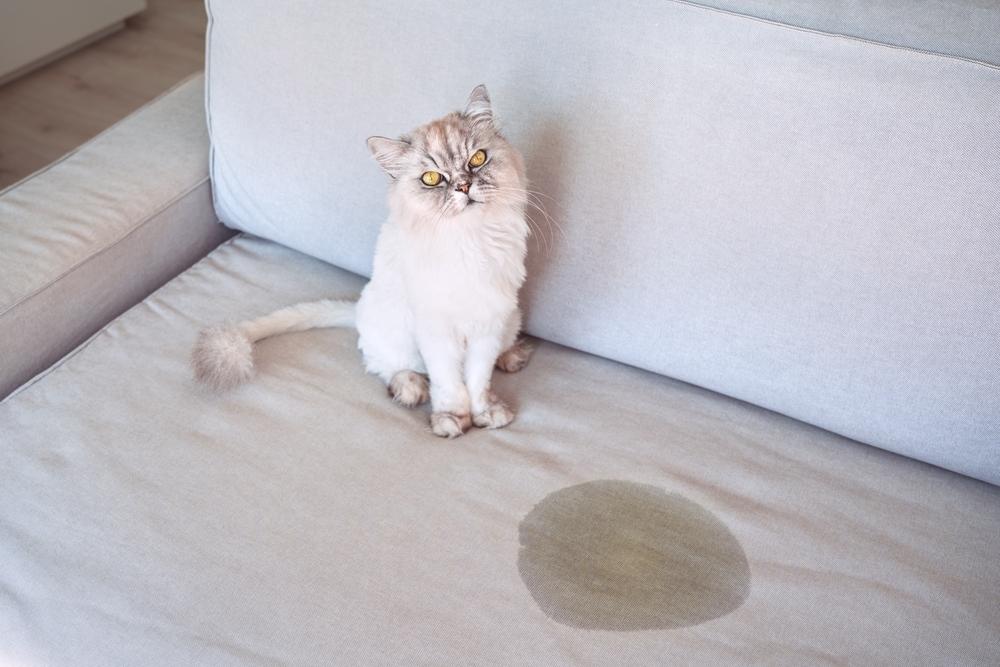
The litter box rules we have discussed here can help solve cats’ common litter box problems. However, if you have done your due diligence and your cat is still eliminating elsewhere or avoiding the litter box, schedule a veterinary visit. Several common medical problems can cause improper litter box use, so contact our team to rule out any health issues. If we don’t find any medical problems and your cat still isn’t using the litter box, a behavioral consult may be in order.
Maintaining clean and well-placed litter boxes takes a little work and a lot of consistency. By following these tips, you can help set up your cat for litter box success. If your cat continues to avoid their litter boxes, schedule your whiskered pal’s visit with our Best Friends Veterinary Care team.



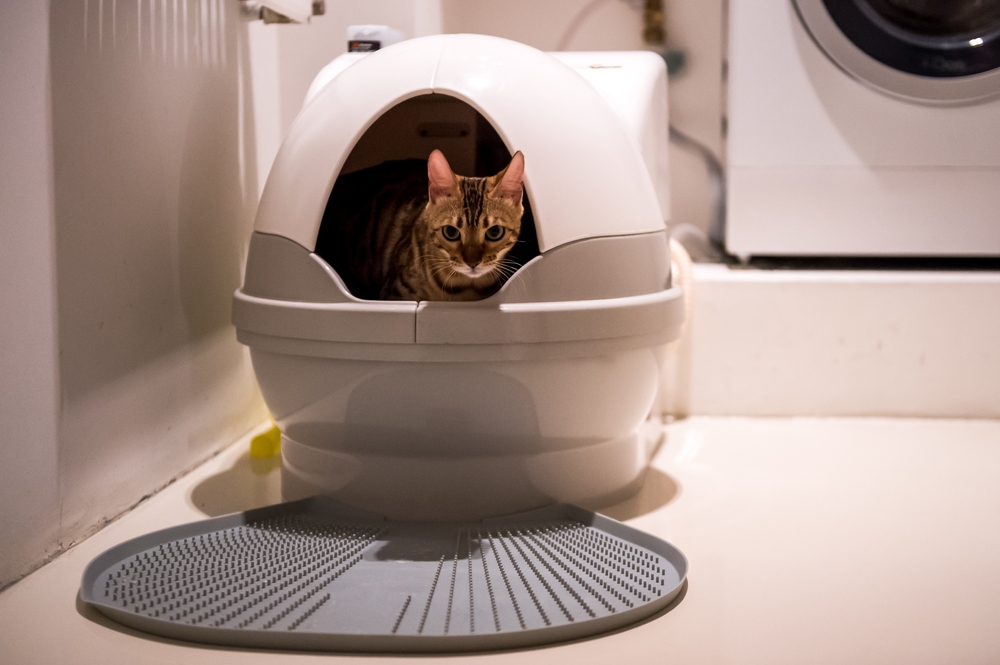

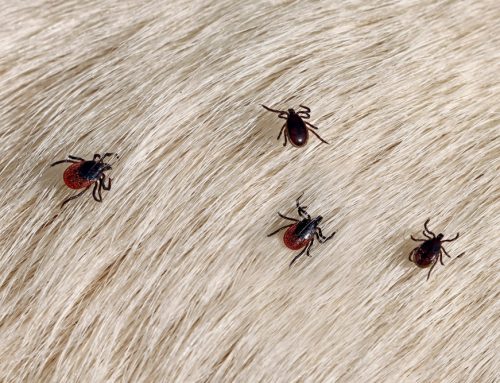
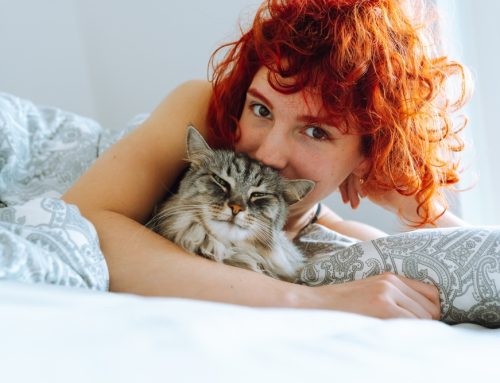
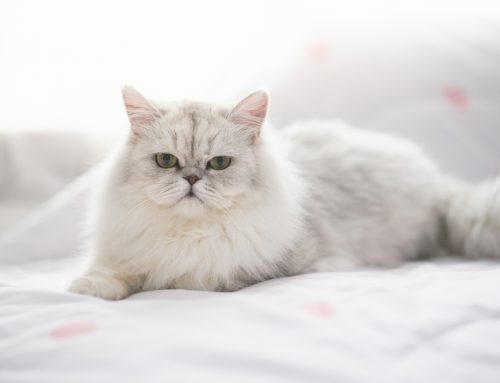
Leave A Comment